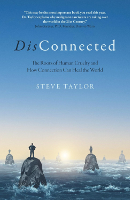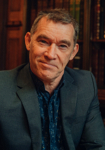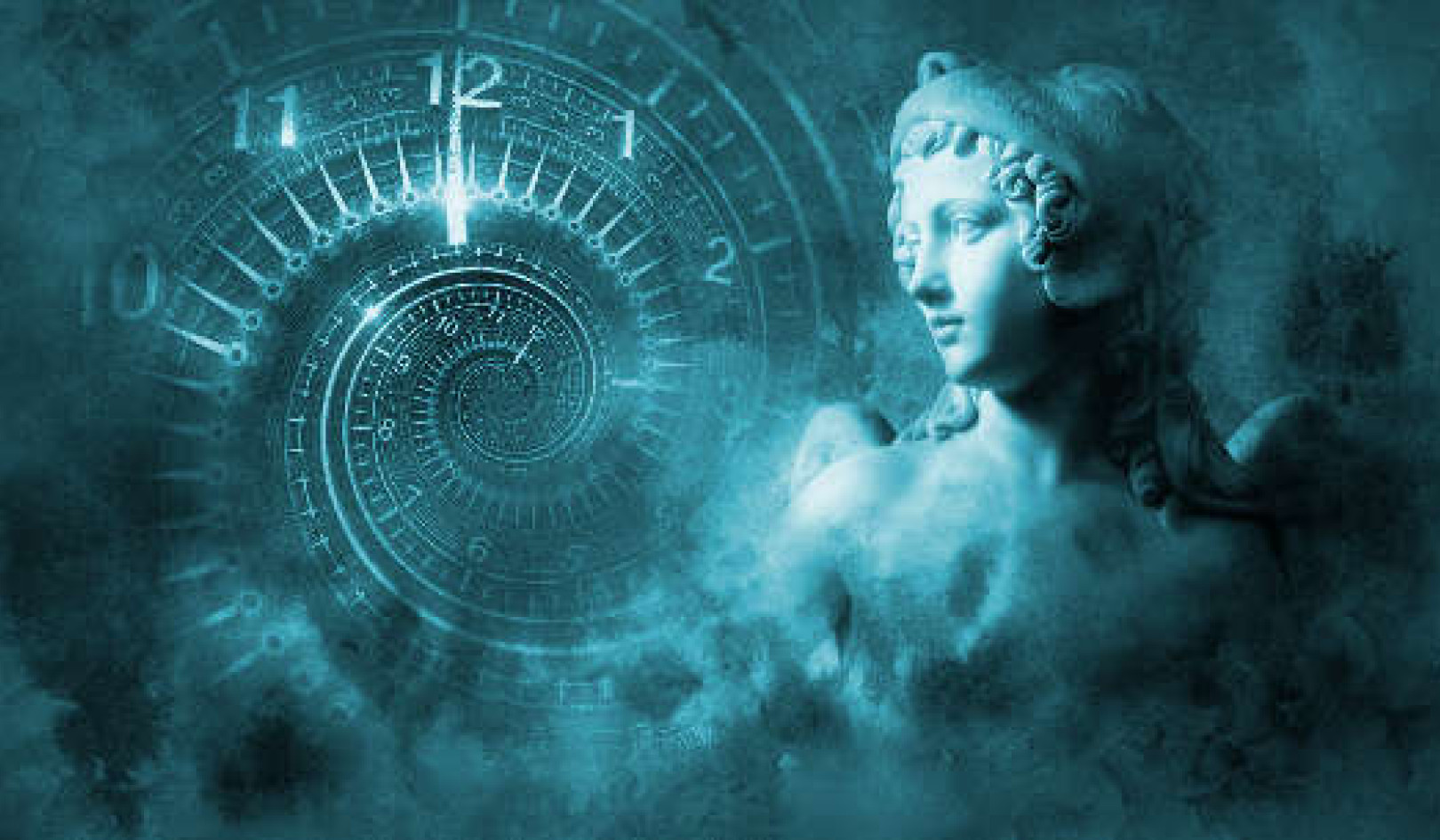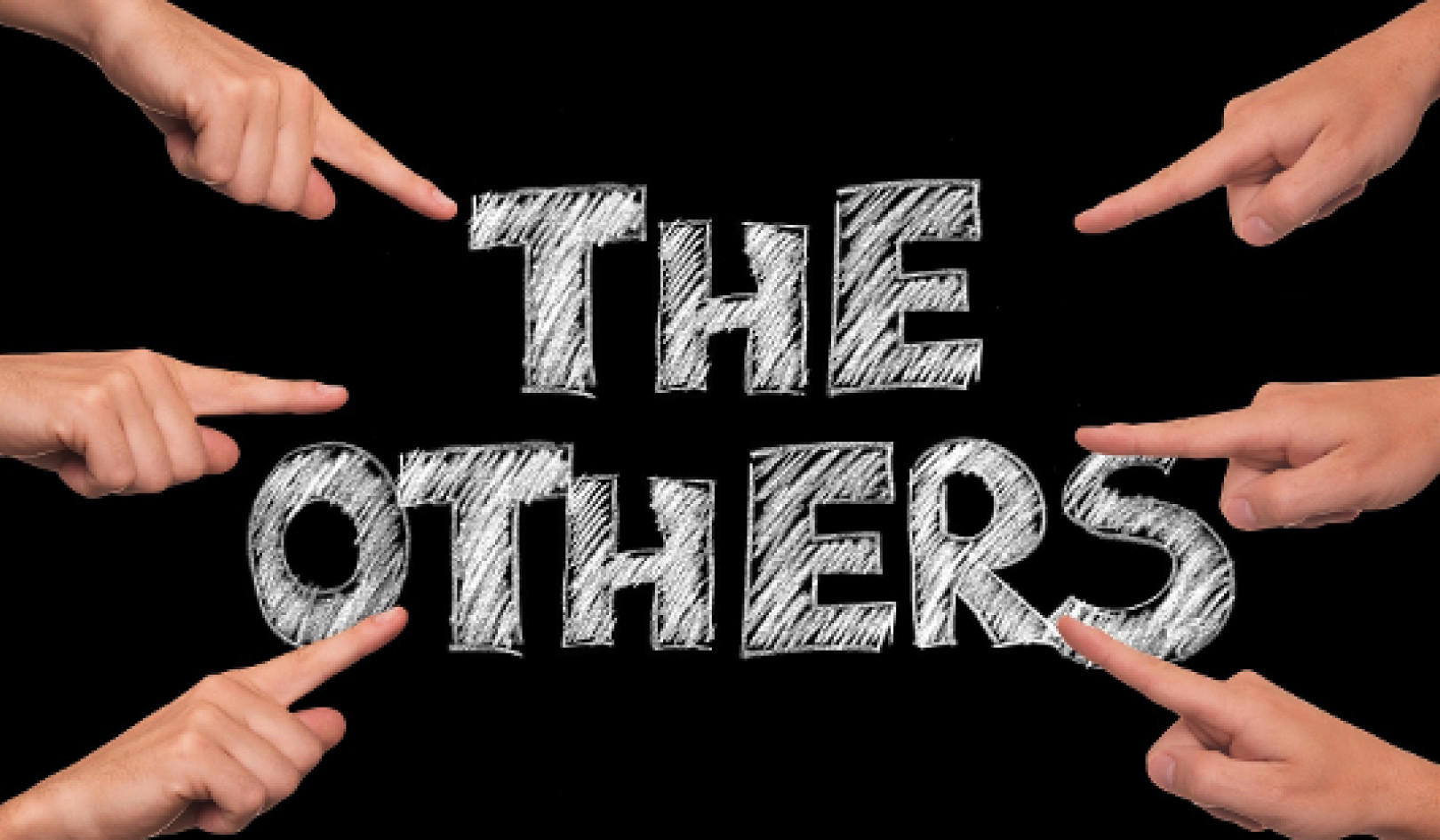
Image by Gerd Altmann
Our prehistoric ancestors lived in a state of connection, without a sense of separateness to their immediate environment or their community. This was reflected in their social and sexual egalitarianism and their power-sharing practices, including measures to ensure that dominant, power-hungry people didn’t take control.
However, at some point a “fall” into disconnection occurred. This may have been partly connected to a shift to a sedentary lifestyle, with the advent of agriculture and the development of settlements and towns. Perhaps most fundamentally though, it was connected to a psychological change: the development of a more individuated sense of self.
The Fall Into Disconnection
The fall into disconnection was severe. Most pre-modern societies – up to the beginning of the 18th century – were highly disconnected, with high levels of cruelty, violence and social oppression.
If modern Europeans or Americans could travel back to, say, the 17th century, they would be astonished at the brutality that filled their ancestors’ lives. In countries like Britain and France, there was massive cruelty to children and animals. Unwanted babies were routinely abandoned, while poor parents sometimes trained their children to be thieves or prostitutes. The streets thronged with homeless children, who were often arrested for vagrancy and sent to prison.
The punishment of criminals was as barbaric as modern-day Saudi Arabia or the Taliban. People were hung for trivial offences like theft or burglary, and another popular form of entertainment was the stocks, when members of the public threw rotten fruit and stones at petty criminals, who would sometimes die from their injuries.
Women had very low status, with little or no access to education or professions. Societies were ruled by hereditary elites who lived lives of enormous privilege and wealth while peasants struggled to survive. Such societies were highly religious, and prone to civil wars between different religious denominations, and to religious wars with neighbouring countries.
A New Wave towards Connection
However, in the second half of the 18th century, a shift began. A new wave of empathy and compassion emerged, together with a new awareness of the importance of justice and rights. This led to the emergence of the women’s rights movement, the anti-slavery movement, the animal rights movement, the development of concepts of democracy and egalitarianism, and so on. It was as if human beings had a new ability to connect with one another, as if now they were able to see the world from each other’s perspective and could sense each other’s suffering.
This new awareness of injustice and human rights gave rise to the French Revolution and the American Constitution. Both challenged the old social order by insisting that all human beings were born equal and entitled to the same opportunities and rights.
The trend towards connection continued through the 19th and 20th centuries. Democracy spread to other countries. Women’s status continued to rise, along with increasing openness to sex and the body. Class divisions eroded away, as large sections of the population (including women) gained access to education, health care, sanitation and an improved diet. (One devastating side effect of the dissolution of the old social structures was that it allowed hyper-disconnected people to rise up and seize power, as in Soviet Russia and Nazi Germany.)
An Increasing Sense of Connection
In the 20th century, an increasing sense of connection to nature gave rise to the environmental movement. Growing empathy for animals led to increasing vegetarianism and veganism. Gender roles have become less defined, with men and women sharing both the outdoor and indoor worlds. Since the end of the Second World War, there has been a trend towards peace and reconciliation, particularly in Europe. Nations that were constantly at war with each other – such as France, Spain, Britain, Germany and others – have been at peace for almost eight decades.
Another significant trend over recent decades has been the ever-growing number of people following spiritual paths and practices – and in so doing, exploring their own being and expanding their awareness. This is especially significant because spiritual development is essentially a movement towards increased connection.
Connection and Evolution
Why has there been a movement towards connection since the 19th century? Disconnection is linked to hardship, so one possibility might be that this movement is simply the result of improved living standards in recent times. However, most people’s living conditions didn’t improve significantly until well after the movement towards connection began.
For most ordinary European and American people, life continued to be hard until the 20th century. During the 19th century, living conditions actually grew worse for many ordinary people, because of the Industrial Revolution. In fact, we can probably reverse the causal link between connection and living conditions: it was a movement towards connection which brought about an improvement in working class people’s living conditions, when middle- and upper-class people (such as politicians and factory owners) began to empathise with their plight and took measures to improve living and working conditions.
In The Fall, I suggested that the movement towards connection is essentially an evolutionary phenomenon. On a physical level, evolution is a process of variation and complexification in life forms. But evolution is also an inner, mental aspect. As living beings become more complex physically, they also become more sentient and conscious. They become more aware of the world around them, of other living beings and of their own inner lives.
From this point of view, evolution itself is a movement towards connection. As living beings become more conscious, they become more connected to the world, to each other, and to their own inner beings. So in my view, the increasing social connection over the last 250 years was an expression of this evolutionary movement. Essentially, it represented – and was due to – a collective expansion of awareness. This also applies to individual spiritual development, which involves an individual expansion of awareness, and is also a process of increasing connection.
A New Evolutionary Movement
All of this begs the question: why would such an evolutionary movement be taking place now? Why would it have begun about 250 years ago, and have increased in intensity over the last few decades?
Perhaps there’s no particular reason why it’s happening. Evolutionary developments may simply occur spontaneously from time to time. I don’t subscribe to the Neo-Darwinist view that evolution is an accidental and random process. As discussed in my book Spiritual Science, Neo-Darwinism is being questioned by more and more biologists, who believe that the staggering creativity of the evolutionary process can’t be explained in terms of random mutations and natural selection. The kind of random mutations that confer a survival advantage happen too infrequently to account for the full diversity of life on Earth.
I believe there is a creativity inherent within the evolutionary process, an impetus that moves life forms towards increasing physical complexity and subjective awareness.
As the palaeontologist Simon Conway Morris has writt en, evolution has an “uncanny ability... to navigate to the appropriate solution.” One manifestation of this is the phenomenon of “adaptive mutation” (or non-random mutation) which suggests that beneficial mutations can occur spontaneously, when they are needed to help life forms survive. For example, when bacteria that are unable to process lactose are placed in a lactose-rich medium, 20% of their cells quickly mutate into a Lac+ form, so that they can process lactose. These mutations become part of the bacteria’s genome and are inherited by future generations.
You could compare the process of evolution to the process of biological development that human beings undergo from conception to adulthood. There is a similar process of inevitable growth – both in terms of physical complexity and consciousness – on a massively extended scale, from the first single-celled life forms through to animals and human beings and beyond. In these terms, perhaps the changes of the last 250 years or so are similar to the growth spurts which children undergo from time to time.
Ecopsychopathology – A Threat to Survival
On the other hand, the growth spurt could be occurring because it is needed, in the same way that adaptive mutations occur when they’re necessary for a life form’s survival. Perhaps it’s happening because of the potential ecological catastrophe that is threatening our survival as a species.
This potential ecological catastrophe is the most serious consequence of our fall into disconnection. Human beings developed a sense of separation to nature. Prehistoric humans were deeply connected to nature, as if they were inside it, living in participation. Judging by contemporary indigenous peoples, our ancestors felt an intimate bond with their land, as if they shared their being with it. They felt that natural phenomena were sentient and sacred, imbued with a spiritual essence.
However, the fall broke our connection to nature. We were now outside nature, observing it from a distance, in a state of duality. Nature became disenchanted. It became other to us, an enemy to fight against and a supply of resources to exploit. Trees, rocks, and even animals became objects to use and abuse.
In this sense, the climate emergency was inevitable, as soon as we shifted outside nature and lost our sense of its sacredness. Now it was possible for us to recklessly abuse and exploit nature, in the same manner that people with psychopathic traits exploit others. In fact, you could characterise our disconnected attitude to nature as ecopsychopathy.
Ecopsychopathy can be defined as “a lack of empathy and responsibility to the natural world, resulting in its abuse and exploitation”. Like psychopaths’ relationships with other people, our culture’s attitude to nature is based on domination and control. In the same way that men dominate women, that privileged classes dominate lower classes, and nations try to dominate each other, disconnected societies try to dominate nature, other species and the whole Earth itself.
Indigenous peoples have always recognised that modern societies suffer from ecopsychopathy, even if they wouldn’t have used that term. Almost from the first moment Europeans arrived on the shores of America, Native Americans were horrified by the colonists’ exploitative attitude to the land. As Chief Seattle is reported to have said in 1854, “His [the white man’s] appetite will devour the Earth and leave behind only a desert.”
The inevitable end point of our exploitative attitude towards nature is the complete disruption of the fragile ecosystems on which our life depends. This disruption is already well underway, resulting in more extreme weather events such as floods and hurricanes and the mass extinction of other species. If this process isn’t checked, life on Earth will become more and more challenging, until the human race becomes another extinct species.
A Growing Wave of Resistance
Fortunately, there has been a growing wave of resistance to this process, as a part of the movement towards connection. As we’ve seen, a new empathic attitude to nature began to emerge about 250 years ago (as evidenced by the Romantics). In recent decades, environmental awareness has grown massively, and a wide range of social movements and groups have challenged ecopsychopathic attitudes. This is an aspect of the culture wars: a struggle between disconnected people who still feel a psychopathic attitude to nature and continue to abuse the Earth for profit, and connected people who feel empathy and responsibility to the natural world.
So it may be that – at least in part – an evolutionary movement towards connection is an adaptive process which is necessary for our survival. It’s certainly difficult to see how we’ll survive without this evolutionary shift. We can’t predict what the outcome of our culture wars will be, or whether the shift will occur in time, before irreparable damage is done. The future of the human race hangs in the balance, between disconnection and connection.
Copyright 2023. All Rights Reserved.
Adapted with permission of the publisher,
Iff Books, an Imprint of John Hunt Publishing.
Article Sourcer:
BOOK: DisConnected
DisConnected: The Roots of Human Cruelty and How Connection Can Heal the World
by Steve Taylor PhD
 DisConnected offers a new vision of human nature and a new understanding of human behaviour and social problems. Connection is the most essential human trait - it determines our behaviour and our level of well-being. Cruelty is the result of a sense of disconnection, while “goodness” stems from connection.
DisConnected offers a new vision of human nature and a new understanding of human behaviour and social problems. Connection is the most essential human trait - it determines our behaviour and our level of well-being. Cruelty is the result of a sense of disconnection, while “goodness” stems from connection.
Disconnected societies are patriarchal, hierarchical and warlike. Connected societies are egalitarian, democratic and peaceful. We can measure both social progress and personal development in terms of how far we move along a continuum of connection. Altruism and spirituality are experiences of our fundamental connection. Regaining awareness of our connection is the only way by which we can live in harmony with ourselves, one another, and the world itself.
For more info and/or to order this book, click here. Also available as a Kindle edition.
About the Author
 Steve Taylor PhD is a senior lecturer in psychology at Leeds Beckett University. He is the author of many best-selling books on spirituality and psychology. For the past ten years, Steve has been included in Mind, Body Spirit magazine's list of the world's 100 most spiritually influential people. Eckhart Tolle has referred to his work as ‘an important contribution to the global shift in awakening.' He lives in Manchester, UK.
Steve Taylor PhD is a senior lecturer in psychology at Leeds Beckett University. He is the author of many best-selling books on spirituality and psychology. For the past ten years, Steve has been included in Mind, Body Spirit magazine's list of the world's 100 most spiritually influential people. Eckhart Tolle has referred to his work as ‘an important contribution to the global shift in awakening.' He lives in Manchester, UK.
Visit his website at stevenmtaylor.com



























